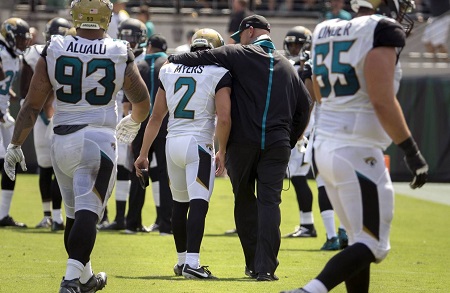In American football, scoring a touchdown is a major achievement, but the excitement doesn’t end there. After a touchdown, the team has an additional opportunity to score extra points through the post-touchdown attempt. This critical phase of the game can significantly impact the final score and overall strategy. In this article, we will explore the nuances of the post-touchdown attempt, including its types, strategies, and its importance in the game.
What is a Post-Touchdown Attempt?
A post-touchdown attempt, often referred to as an extra point or conversion attempt, is the play that follows a touchdown. After a team scores a touchdown, they are awarded the chance to attempt an extra point or a two-point conversion. This play is an essential part of football strategy and can influence the game’s outcome.
Types of Post-Touchdown Attempts
- Extra Point (Point After Touchdown – PAT)
- Kick Attempt: The most common post-touchdown attempt is a kick. The team lines up for a kick from the 15-yard line (in the NFL) or the 3-yard line (in college football). The ball is snapped to the holder, who places it for the kicker to attempt a kick through the goalposts. Successfully kicking the ball through the uprights adds one point to the team’s score.
- Conversion: If successful, the team is awarded one point. This is a straightforward attempt and is generally considered easier than a two-point conversion.
- Two-Point Conversion
- Play from Scrimmage: Instead of opting for the extra point kick, the team may choose to attempt a two-point conversion. This involves running a play from the 2-yard line (in the NFL) or the 3-yard line (in college football). The team must advance the ball into the end zone once more to earn two additional points.
- Strategy: Two-point conversions are riskier than extra point kicks but offer a higher reward. Teams may opt for this if they are trailing by a margin that makes two additional points more valuable than one.
Strategic Considerations

- Game Situation
- Score Margin: Teams trailing by more than one possession often opt for a two-point conversion to close the gap more quickly. Conversely, teams with a comfortable lead may choose the extra point to ensure a more straightforward score.
- Game Phase: Late in the game, the choice between a kick and a two-point conversion can be crucial. Coaches often weigh the game’s urgency and the potential impact on their overall strategy.
- Team Strengths and Weaknesses
- Offensive Strength: If a team’s offense is performing well and they have a strong goal-line offense, they might favor a two-point conversion attempt.
- Kicking Game: Conversely, if a team has confidence in their kicker or if the weather conditions favor kicking, they might opt for the extra point kick.
- Opponent’s Defense
- Defensive Matchups: Teams may choose their post-touchdown attempt based on how well they match up against the opponent’s defensive strengths. If the defense is known for its goal-line prowess, a two-point conversion might be more challenging.
Historical Impact of Post-Touchdown Attempts
- Changing Rules
- Rule Adjustments: Over the years, the NFL and NCAA have adjusted the rules governing post-touchdown attempts. For example, the NFL moved the extra point attempt from the 2-yard line to the 15-yard line to make the kick more challenging and add excitement to the game.
- Game-Changing Moments
- Notable Plays: There have been several memorable instances where a team’s choice of a post-touchdown attempt has significantly impacted the game. Key moments include games where a successful two-point conversion led to a dramatic comeback or where a missed extra point led to a heartbreaking loss.
Conclusion
The post-touchdown attempt is more than just a routine play; it’s a strategic decision that can influence the outcome of a football game. Whether opting for the extra point kick or the two-point conversion, teams must carefully consider the game situation, their strengths, and their opponents’ defenses. Understanding the significance of this phase of the game enhances fans’ appreciation of football strategy and the nuances that make the sport so captivating.
For more information on football strategies and game analysis, visit [reputable sports analysis websites] and stay updated with the latest game insights.

This website, you can access a great variety of casino slots from top providers.
Visitors can try out classic slots as well as modern video slots with stunning graphics and interactive gameplay.
Even if you’re new or an experienced player, there’s always a slot to match your mood.
casino games
The games are available anytime and compatible with laptops and mobile devices alike.
You don’t need to install anything, so you can start playing instantly.
Platform layout is easy to use, making it quick to explore new games.
Register now, and discover the excitement of spinning reels!